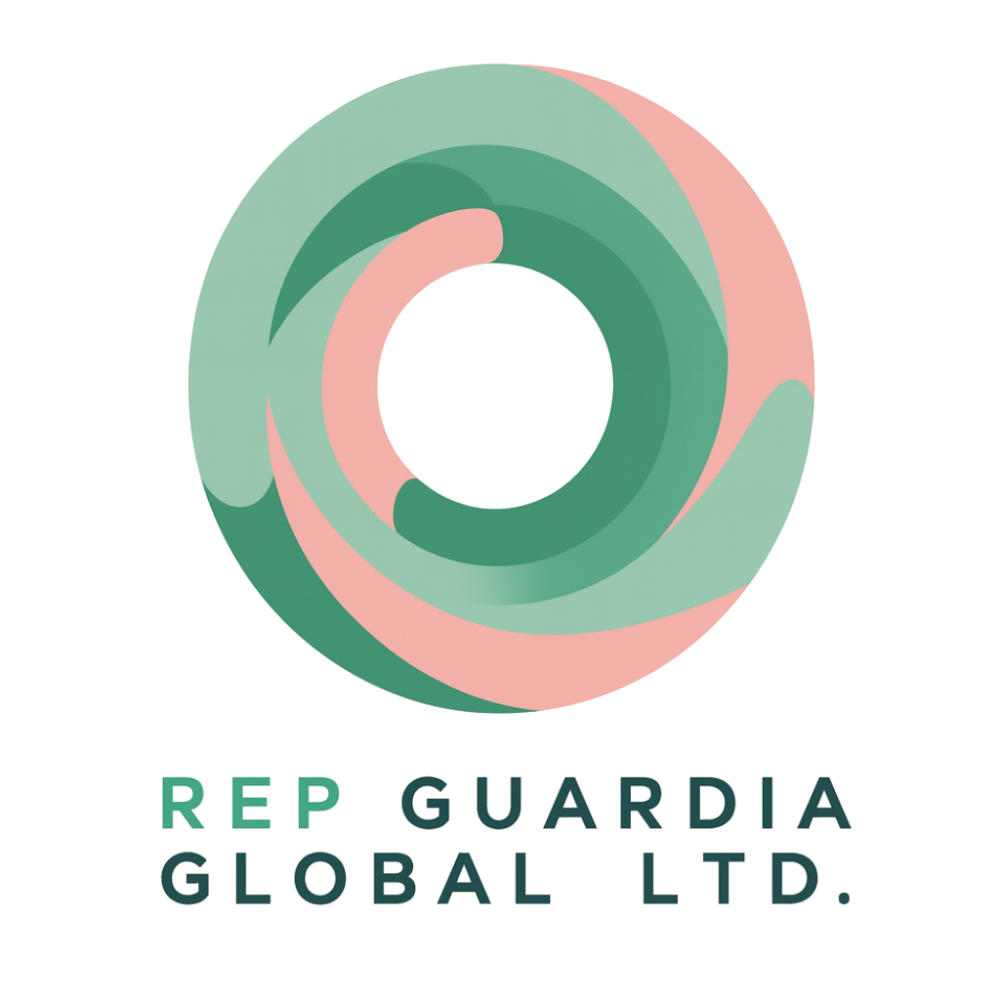GPSR for Selling Physical and Digital Products to the EU
Dec 13, 2024
GPSR compliance is essential for UK small businesses selling physical and digital products to the EU.
This article will explain what GPSR means for your business, who needs an EU Authorised Representative, and how to stay compliant.
The GPSR: What Small Business Owners Need to Know
The General Product Safety Regulations (GPSR) have arrived, bringing important changes for UK businesses. The legislation came into force today, on Friday 13th December 2024, a unwelcome arrival for many small business owners at this time of year, but not actually as scary or costly as many believe.
I'm hopeful that this blog post will help you to feel confident to continue to trade with the EU. Although I'm a qualified lawyer, as always all of the detail in this blog post is information only. If you require legal advice you will need to instruct a lawyer.
Let's break down what this means for you and your business in clear, practical terms.
What is the GPSR?
The EU GPSR are the General Product Safety Regulations. The aim of the GPSR is to ensure that no products are made available for sale in the EU unless they are safe. The GPSR requires that safety information is provided on the product and if you are selling from outside of the EU or Northern Ireland, then you have to appoint an EU authorised representative to maintain the safety paperwork.
What type of products does the GPSR apply to?
The GPSR applies to all products sold into the EU and Northern Ireland, both physical and digital products, unless the product already has it's own safety regulation. Items such as children's toys and electricals already have safety legislation. The GPSR covers everything which isn't caught already by bespoke product safety laws.
Does the GPSR really apply to digital products and does that include freebie opt-ins?
Yes. This has come as a surprise for many but the EU Commission have confirmed that the GPSR does apply to digital products which would include courses and PDFs. This doesn't include services such as coaching or mentoring or memberships which offer business information based support.
What This Means For Your Business
If you're selling online (and who isn't these days?), you need to:
- Show clear safety info on your website and on the products - a QR code with safety information linked could work really well here.
- Have proper systems for handling any safety risks and incidents
1. Clear Documentation
You'll need to keep records, but think of it as your business's safety diary:
- What could go wrong with your product? (risk assessment)
- How do you know it's safe? (testing info)
- Where did it come from? (supply chain detail)
- If you're not based in the EU or Northern Ireland, you'll also need to ensure that somebody has safe storage of the documentation
2. A Contingency Plan
Because sometimes even with the best preparation, things don't go to plan. You'll need:
- A plan for what to do if something goes wrong
- Clear ways to tell your customers about any issues
- A system for tracking any problems (spreadsheets are your friend)
What costs are involved with GPSR?
Unfortunately there are many small business owners who have made the decision to stop trading with the EU due to the costs of complying with GPSR.
The costs may not be as high as you think. If you're based outside of the EU and Northern Ireland, you'll need an authorised representative and you'll need to factor in the time it will take you to prepare the safety paperwork.
BUT. You may find that you have a lot of the information within your terms which you can use within your risk assessments. Which is where RepGuardia's comprehensive EU Authorised Representation Service comes in (find out more here).
What happens next?
Nobody wakes up in the morning excited about product safety regulations (not even us and this is our job!). But getting this right isn't just about ticking boxes - it's about protecting your business and your customers.
If this feels like a lot to take in, don't worry, lawyers across the world are trying to grapple with how this applies to sellers of digital products following the EU Commission update in December.
You can find out more about that and get support with your safety documentation here.
📢 Still got questions about GPSR compliance?
Navigating the General Product Safety Regulation (GPSR) can feel overwhelming, but you don’t have to figure it out alone. The RepGuardia GPSR Compliance Bot is here to help 🤖
💡 Get clear, simple answers tailored to your business—whether you're selling digital downloads, handmade crafts, or consumer products in the EU.
✅ Understand what’s required for your specific products
✅ Get step-by-step guidance in plain English
✅ Know when you need an EU Authorised Representative
Try it now—click here to sign up for free and get instant GPSR answers for your business.

